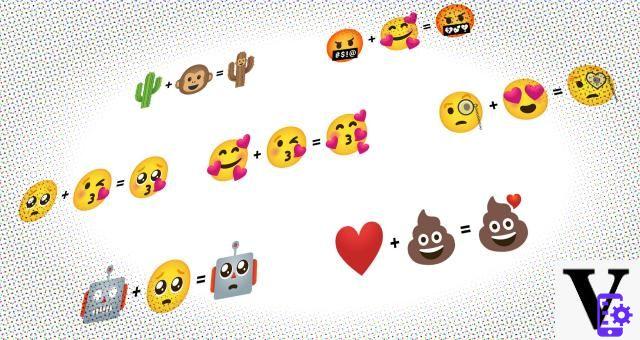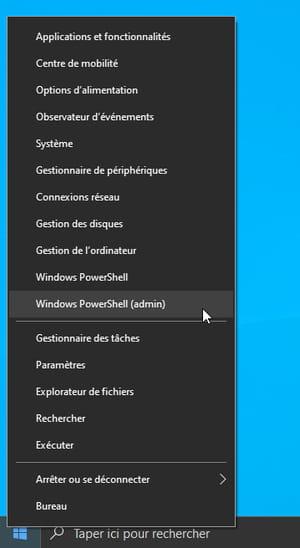
How many times have we heard phrases like "two-volume sedan" or "C-segment car" without really knowing what they meant. Sure, a minivan reminds us of a fairly large car but a hatchback? And the spider, will it not be the American version of the convertible?
We explain to you today three easy criteria to distinguish and catalog the various models on the market. You will no longer be unprepared for your next purchase and will be able to surprise your friends when, with nonchalance, you accurately describe each car that passes in front of you.
Classification based on segments
The first ranking that we propose is the simplest one, even if little used in common life. There are several variants: from North American to British and European.
Analyzing the latter we find 6 main categories, roughly divided by size. As examples I will try to report a few brands so as not to confuse the ideas too much:
- Segment A (Minicar and city-car): small cars, easy to handle and suitable for city traffic. Our Fiat 500 and Fiat Panda fall into this category;
- Segmento B (small car): they grow in length while remaining small and compact utilitarians, perfect for the city. Also in Italy we find the Fiat Punto;
- Segmento C (medium car): medium-sized cars or small family cars. They have a large share of the market (perhaps the largest) as they always remain manageable and not bulky. We could really give many examples: at Fiat the new Tipo or 500X can be placed in this segment but it is also worth mentioning BMW 1 Series, Ford Focus, Opel Astra, Peugeot 308 or Alfa Romeo Giulietta;
- Segmento D (large car): volumes begin to rise, as do prices. These are medium-large cars, most often SUVs, crossovers or family cars. More demanding also in terms of equipment and engines, they begin to offer a bit of sportiness. Among the best-selling in Italy we find: Alfa Romeo Stelvio, Audi Q3, BMW X1 or Volkswagen Tiguan;
- Segment E (executive car): large sedans (we will clarify this term shortly) which normally represent the top of the range of models in production. Putting hand to the wallet we therefore find BMW 5 Series, Mercedes E-Class, Audi A6 or Jaguar XF
- Segmento F (luxury car): little to say in this case. Go to the dealer and ask: “Do you know that Mercedes E-Class on display there? Don't you have something similar but more expensive? ”. Luxurious and bulky machines. Not all manufacturers have the opportunity to offer such models. They are often the products of the luxury brands of parent companies such as: Lexus (Toyota), Infiniti (Nissan), Lincoln (Ford) or Acura (Honda). Mercedes, certainly not sinning in elegance and refinement, proudly flaunts its S-Class
Some less used terms, also coupled to the previous ones, are:
- Segment J: includes all 4 × 4, off-road vehicles, SUVs and pickups
- MPV: “multi-purpose-vehicles” include vans, minivans and all crossings between family members and minivans
- Segment S: sports cars, very performing and super-cars
Classification based on volumes
This is not a real ranking: this nomenclature provides adesign idea based on the geometry of the main compartments of the car. These compartments (or volumes) I'm: engine compartment, passenger space and luggage compartment. Given that the space dedicated to the engine is taken as constrained, we describe the main characteristics of these expressions.
3 VOLUMES: passenger compartment and rear compartment are distinct; both for internal communication and for the clear detachment of the external profile. They are usually large cars, at least in length, like the classic BMW 3 Series.
2 VOLUMES: are the most used configurations for small and medium-sized models. They offer compactness, do not completely separate the luggage compartment from the passenger space and allow considerable variations in the load volume thanks to the folding of the seats. The side profile, less marked on the rear, gives space to verticality. Three-door cars (i.e. two side doors and a tailgate) can easily fall into this category.
MONOVOLUME: also called minivans, they offer a large internal space, a substantially continuous external profile influenced by the shape of the luggage compartment. They almost always have 5 or 7 passenger seats even if we can find small ones.
2 AND A HALF VOLUMES: born in the 70s as a variant of the two volumes, they do not completely distinguish the two compartments like the 3 volumes but slightly break the lateral line in favor of the length. To understand better, take the Fiat Brava as an example.
Bodywork design
As the range of vehicles grows, the most effective way to understand each other is to be more and more specific. Let's now analyze terms that we hear every day without having the correct image in mind:
- SEDAN: it is the typical example of a notchback car, although variants are certainly not lacking. The body has a fixed roof and the configuration is 3 or 5 doors, counting the trunk.
- CONVERTIBLE: also known as "cabrio, convertible or convertible". It has a canopy in canvas, metal or plastic, mechanically or electrically operated. The seats are 2 or 4. It derives directly from a sedan, modified to maintain the structural safety standards of its sister with the roof.
- CHOPPED OFF': two-door car and fixed roof. The volume of the rear is reduced in favor of a sportier line (less space for rear passengers and luggage). If the rear exceeds a certain size, it is called a two-door sedan
- CONVERTIBLE CUTTER: a coupé that, if necessary, thanks to a foldable roof in several modules, becomes a convertible. The stiffer and stronger upper part of the convertible offers versatility and great weather protection
- STATION WAGON: “Family” or even “station wagon”, it maintains the shape and proportions of the sedan in the front and central parts. The back is elongated and increased in volume
- FASTBACK: born in the USA, they are a cross between a coupe and a station wagon. Hatchback car characterized by a very inclined rear window and trunk included in the same passenger compartment
- HATCHBACK: American definition of sedan in the two and a half volume variant
- SPIDER: uncovered car, with two seats (sometimes 2 + 2), with small dimensions. Unlike the convertible, it does not have an offshoot sedan. Sportsmanship is in the DNA of these machines
- ROADSTER: it is a spider historically without pillars for the side windows. The sunroof and the dynamism of the cousin remain.
- BOAT: similar to the spider, it has a small or totally absent windshield. (The Fiat Barchetta is actually a spider)
- a SUV: or “sport utility vehicle”, it is similar to an off-road vehicle in terms of aesthetics. The frame is different and the mechanics are simplified for non-extreme use. High ground clearance and four-wheel drive are maintained.
- CROSSOVER: moving further away from off-road we find crossovers. SUV with characteristics very similar to a station wagon with a raised trim
- MONOVOLUME: it takes up the description of the previous chapter, re-entering the common usage among the more specific terms such as sedan or coupé. We cannot fail to mention the Fiat Multipla, the subject of huge aesthetic debates
- PLATE: a cross between a coupe and a spider. The rigid and removable roof is supported by the windscreen and by a characteristic fixed pillar, which is missing in the other open models. For example: Fiat X 1/9 or Porsche 911 targa
Summarizing the main terms: any car with a fixed roof, generally three volumes, is defined berlina. By reducing the number of doors in favor of a sportier line, we get a disconnected'. Putting our hand to the roof we have one convertible, instead stretching the back one station wagon. The spider, unlike the cabriolet, it does not derive from a sedan (it is more original in short) and the dimensions are smaller; adding the characteristic fixed upright we obtain a targa, reducing or eliminating the windshield one small boat. a a SUV is an off-road vehicle that does not off-road and a Crossovers it's a slightly taller station wagon.
Tagsautomotive Berlina convertible coupe crossover design SUV Sedan, Coupé or MPV: what do these terms mean?

























